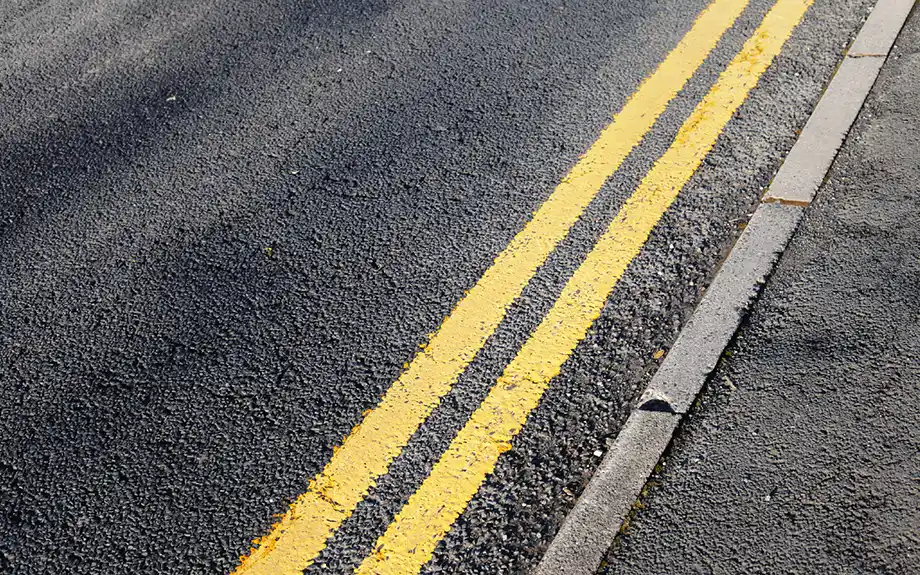Driving Test Faults: How Do They Work?
Apr 4 2022 1:54PM
If your driving test is coming up, it’s a good idea to be aware how the examiner will be marking you. But what is a driving test fault and how does it depend on if you pass or if you fail? In the practical driving test there are three types of fault:
- Driving fault: You can have up to 15 minor driving faults before failing
- Serious: An action that has the potential to be dangerous, unfortunately one of these will mean a definite fail.
- Dangerous: Yep, you guessed it – no chance, this is an instant fail. A dangerous fault is an action, which causes danger to you, the examiner and others around you.
Watch out for these on your driving test..
Mirror Checks Not checking your mirrors could result in pulling away when it could be potentially dangerous, so this can warrant an instant fail. Continuously failing to check your mirrors will result in the minor faults racking up so make sure you are in the habit of checking your mirrors by the time you book your test! General Awareness Be observant and deal with what approaches you in a calm controlled manner. Failure to be aware of your surroundings could mean that you miss a vital speed limit sign or fail to notice potential hazards. Manoeuvres Failure to perform your manoeuvres fully and to the correct standard could mean failure. So get practising! Car Controls Make sure you know the car you are taking your test in and exactly where everything is. For instance, if it rains and you don’t know how to use the wipers it isn’t going to look good! Follow this link to our Facebook Page You can see the Driving Test Report card with all the elements that the instructor takes into account when judging your performance.

